| Author |
 Share Topic Share Topic  Topic Search Topic Search  Topic Options Topic Options
|
frensham 
Newbie

Joined: 01 Sep 09
Online Status: Offline
Posts: 4
|
 Post Options Post Options
 Quote Quote  Reply Reply
 Topic: Advice on towing Topic: Advice on towing
Posted: 02 May 10 at 6:15pm |
Not strictly insurance, but I don't know where else to put it. For the last 5/6 years I have been happily towing boats (mainly a double-stacker Access trailer) for disabled sailors to take part in Open Meetings around the country. These boats are not owned by the sailors, but by the Sailability centre.This year, because of increased demand, and lack of towers/helpers, it has been decided that disabled sailors may now tow the boat they will use to these events. Whilst there is no issue with the towing, the disabled sailor is often unable to load the boats, and more importantly, lash them down. This is done by a helper, who will not accompany the driver to the event. My concern is that that helper becomes liable if anything untoward happens on the journey, when the driver can say the he/she did not secure the boats properly. The helper, of course, cannot know whether someone has altered the lashings, perhaps to add something, after the loading period.
I cannot see a way out of this without reverting to the position that the driver must lash the boats on himself, but this will reduce the available pot of drivers. Would you be happy to load/lash boats for someone else to tow ? Am I worrying unnecessarily ?
Nick
|
 |
Webmuppet 
Really should get out more

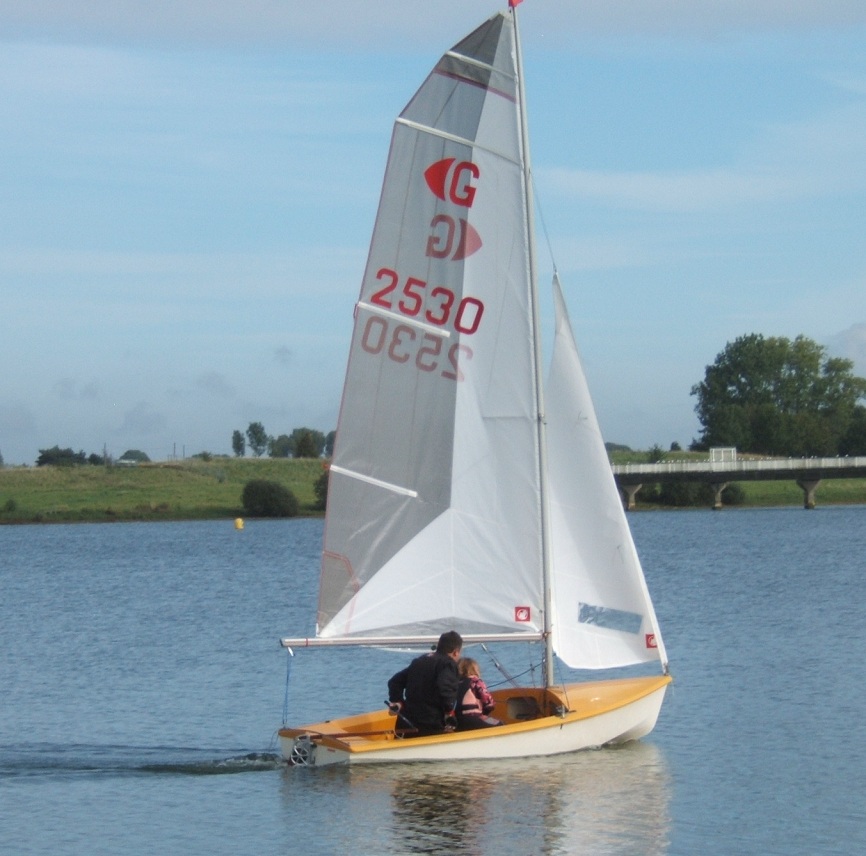
Joined: 11 Mar 06
Location: Suffolk
Online Status: Offline
Posts: 534
|
 Post Options Post Options
 Quote Quote  Reply Reply
 Posted: 02 May 10 at 6:28pm Posted: 02 May 10 at 6:28pm |
|
I can understand the problem, however, wouldn't it be possible to contact the organising club to ask if they could designate a person to check the security of each boat / trailer before leaving the venue ?
I usually stop part-way along my route to check that the straps haven't loosened or slipped.....that wouldn't be very easily done on a double stacker if you trying to check from a wheelchair ?
Nigel
|
|
I am the milkman of human kindness, I will leave an extra pint (Billy Bragg)
Graduate 2530 'Galaxy'
|
 |
radixon 
Really should get out more


Joined: 27 Oct 06
Location: United Kingdom
Online Status: Offline
Posts: 2407
|
 Post Options Post Options
 Quote Quote  Reply Reply
 Posted: 02 May 10 at 8:58pm Posted: 02 May 10 at 8:58pm |
|
I understand what you are saying, the police take the view it is down to the driver to check the load.
I understand what the Access dinghies took like but never towed one myself on road. I would show the driver a couple of ways of checking them from a wheelchair, what do we guys check, personnally its if the straps are tight and the boats dont move. Why not give them a boat hook so they can test the top and bottom straps for tightness. Also make sure they understand where the straps go so they can advise the people loadig them thats what they would like doing, maybe with photographs of how its loaded.
|
 |
Stuart O 
Really should get out more


Joined: 22 Jul 07
Online Status: Offline
Posts: 514
|
 Post Options Post Options
 Quote Quote  Reply Reply
 Posted: 18 Sep 11 at 8:06am Posted: 18 Sep 11 at 8:06am |
Unfortunately Radixon is right VOSA and the Police take the view that the driver is responsible for the security of the load no matter how many checks have been carried out and but whom
|
 |
konvict 
Newbie

Joined: 29 Sep 11
Location: USA
Online Status: Offline
Posts: 1
|
 Post Options Post Options
 Quote Quote  Reply Reply
 Posted: 29 Sep 11 at 10:50am Posted: 29 Sep 11 at 10:50am |
Here are some important towing tips for increased safety and
enjoyment in your RV travels. Know how to tow before you buy and every
time you head out on the road. You will have less hassles, more fun
and will help promote RV safety. Here are ten towing tips to get you
started.
- Understand the basics:
Start at the beginning. Read our tips on managing RV weight. Understand
the weight definitions and the importance of weight distribution in
towing. Do this before you buy.
- Do the math: Get the specific numbers for your prospective combination of RV and tow vehicle.
Obtain and carefully read manufacturer’s manuals and product-specific
towing tips. Make sure you understand their definitions of
weight-related terminology. If you are planning to tow a trailer or
fifth wheel, the major truck makers have Towing Guides
that include model-specific details.
Develop a realistic estimate of fully loaded weight, and do the
calculations to make sure you end up with an RV and tow vehicle
combination that will meet your
needs. Don’t forget any options or accessories you had added (or plan
to add). Remember to consider passengers, belongings, full water and
fuel tanks.
This is time well spent to avoid poor purchase decisions, costly repairs
and unsafe travel.
- Distribute the Load: Weight
Distribution is critical.
- Know your Gross Axle Weight Ratings (GAWR), obtain measurements of
specific wheel position loads and set tire pressure appropriately.
- Keep the center of gravity low.
- Keep cargo secured to prevent shifting that could cause a loss of control.
- Distribute weight between right and left and front to back per
the specifications for your particular RV and
tow vehicle. Trailer towing requires the right amount of tongue weight.
Tap into the expertise of hitch and trailer specialists for towing
tips on your particular configuration.
- Determine if you need a weight distribution system (generally recommended for trailers over 5,000 lbs. fully loaded.)
- Hitching Your Wagon: Select
hitches/tow bars that are rated to handle the load, in
conjunction with the actual towing capacity of the towing vehicle.
The maximum towing capacity is determined by the lowest-rated element in
the chain of hitch components.
For trailer towing, this chain consists of the trailer rating, the ball
hitch rating, the hitch rating, and the towing capacity of the vehicle.
The weakest, or lowest-rated, element in this chain always determines
the maximum safe towing capability of the entire chain.
For a motorhome towing a dinghy, the same principle applies. You must
consider the towing capacity of the motorhome itself, as well as the
ratings for a tow bar, cables, and connectors.
Hitch up and unhitch a few times to get the steps down. Use a towing tip checklist to make sure you don’t forget anything.
Hook up and un-hook on smooth level surface.
When towing a dinghy, manufacturer towing tips often state that the
receiver hitch of the motorhome should never be more than 4 inches
higher than the baseplate attachment points -- use an appropriately
sized and rated drop receiver. Most
trailers and tow vehicles should be level (parallel to the ground)
during travel. Check for manufacturer towing tips and instructions to
correctly set up your
combination of vehicles.
- Built for Two: When you connect a
towing and towed vehicle, you need to make sure that the two can operate
together effectively, safely (and legally in some cases).
- Brakes - Many states require a separate braking system on towed
vehicles with a loaded weight of more than 1,000 - 1,500 pounds. Legal
reasons aside, a separate functional brake system for towed vehicles is
recommended for increased safety.
Include a breakaway option, in the event the trailer or toad is
separated from the towing vehicle.
- Lights The law also requires that the towed vehicle have
operable lights. The brake lights, tail lights and turn signals of the
towed vehicle must operate in sync
with the towing vehicle.
- Oh say, can you see? Make
sure you have adequate mirrors to give you the visibility you need for
safe RV driving and towing. If your mirrors aren’t adequate, change
them. If you are
towing a trailer, you should have extended side-view mirrors to see rear
and side-approaching traffic.
Rear-vision cameras may be included in your motorhome, with a monitor in
the driver’s cockpit. These provide a view of the dinghy and immediate
roadway in back, and
help when passing or changing lanes. They are available as an after
market add-on, and there are rear-vision cameras that work with towable
RV applications.
- Ready, Set, Go?: Well,
maybe not yet. Another good towing tip - practice first. Before you
head out on your first trip, practice driving, turning, stopping (and
backing up for towable trailers) in an area away from heavy traffic.
Make sure you know your roof clearance. Try out your mirrors.
- Driving: When starting out, accelerate slowly and steadily.
The addition of a trailer or dinghy adds weight and length. More weight
means more time.
Determine how long it takes you to accelerate and come to a stop.
Allow extra time for changing lanes, stopping and passing other
vehicles.
Pass on level ground with plenty of clearance. Avoid sudden moves. When turning, allow room for the towed vehicle to clear.
Get in the habit of looking ahead – a good rule of thumb is to
look as far ahead as you will travel in 12 – 15 seconds. Obviously, this
distance will vary depending on how fast you are going. Give adequate
notice of your intentions with turn signals. If you are going to come to
a stop, a few taps on the brakes might give a clue to the driver behind
you. Watch traffic signals and anticipate light changes so you can
stop in time.
- Backing: For motorhomes, don’t try to back up with a
dinghy attached. The key towing tip here is to avoid getting into a
spot where you have to back up in the first place. Or disconnect the
dinghy before backing.
For towable trailers, back up slowly, with
someone spotting near the rear of trailer to guide
you. It’s a good idea to agree on a set of hand signals beforehand, so
you can communicate clearly with the spotter. Move the steering wheel
in the direction you
want the trailer to go. Make small steering movements so you can get
the hang of it. Slight steering movements result in much greater
movement in the rear
of the trailer.
- Swaying in the Breeze:
Hopefully not. Appropriate attention to weight limits and distribution
in setting up your tow configuration will help avoid problems with
sway. Sway control
options are available to help with trailer sway, and a weight
distributing hitch system is recommended for large towable trailers.
If you do experience
trailer sway from a gust of wind, downgrade or draft from a passing truck: remember to gradually
reduce speed, steady the steering wheel and only apply the
trailer brakes. Do not slam on the brakes since jackknifing could
occur. Do not try to steer out of a sway, increase speed or make sudden
moves – it will only make things worse. Do not tow a trailer that
continues to sway – determine what is wrong and correct the problem
- No passengers: You should
never ave passengers traveling in a towed trailer or dinghy.
- An Ounce of Prevention: Avoid serious
problems by adopting a “checking it twice”
mindset. Use towing tip checklists as handy reminders. Before long
trips, make sure your maintenance is current on both the towing and
towed vehicle. Follow
manufacturer’s instructions for maintenance on your towing apparatus.
The first time you tow, a general towing tip is to stop after 50 miles
to check towing
connections, tires, etc. Make regular stops to stay fresh at the wheel
and during these breaks, check around the RV and tow to make sure all is
well. General advice is a stop every two hours
- Online GED
Edited by konvict - 29 Sep 11 at 1:48pm
|
|
|
 |


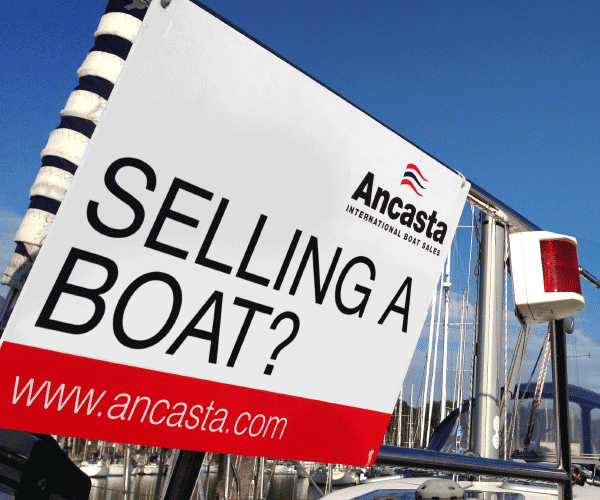
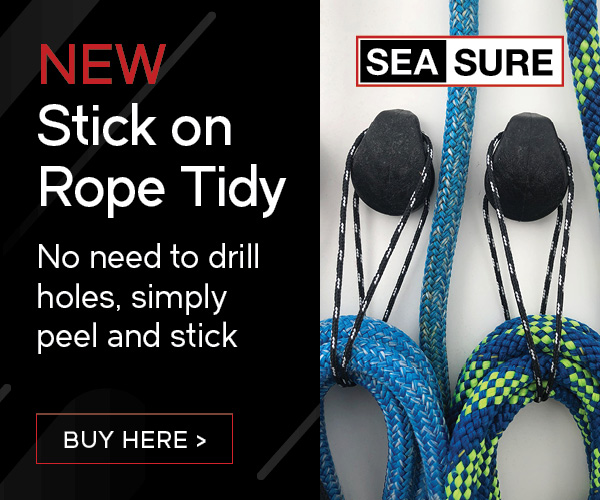
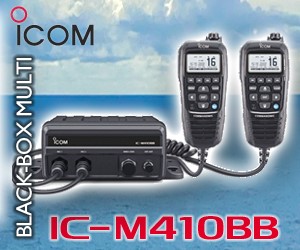

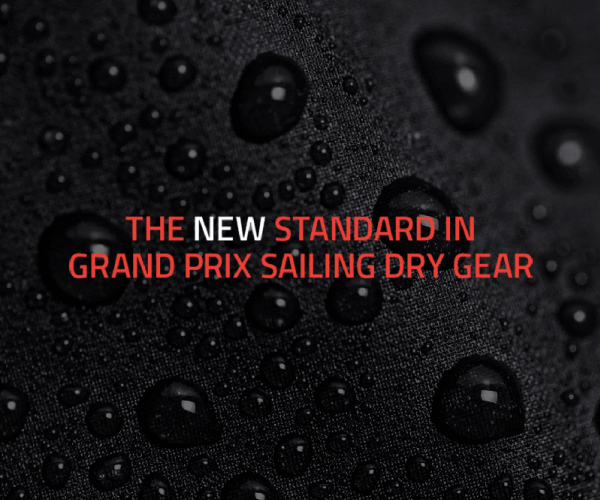


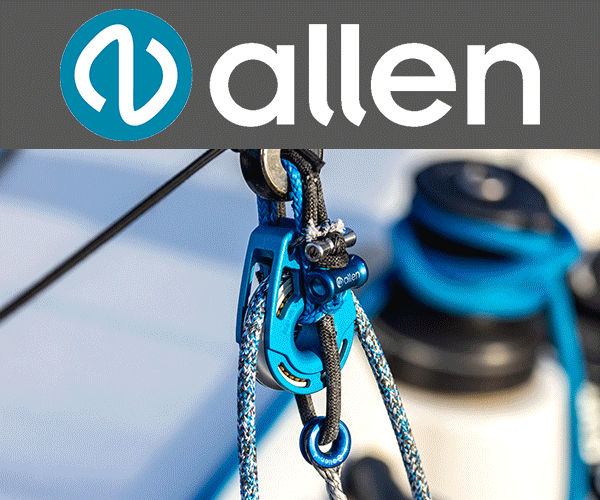




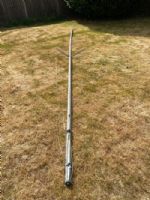




 Post Options
Post Options
 Quote
Quote  Reply
Reply
 Topic: Advice on towing
Topic: Advice on towing


 Post Options
Post Options
 Quote
Quote  Reply
Reply
 Posted: 02 May 10 at 6:28pm
Posted: 02 May 10 at 6:28pm



 Post Options
Post Options
 Quote
Quote  Reply
Reply
 Posted: 02 May 10 at 8:58pm
Posted: 02 May 10 at 8:58pm


 Post Options
Post Options
 Quote
Quote  Reply
Reply
 Posted: 18 Sep 11 at 8:06am
Posted: 18 Sep 11 at 8:06am


 Post Options
Post Options
 Quote
Quote  Reply
Reply
 Posted: 29 Sep 11 at 10:50am
Posted: 29 Sep 11 at 10:50am













 Printable Version
Printable Version Delicious
Delicious Digg
Digg Facebook
Facebook Furl
Furl Google
Google MySpace
MySpace Newsvine
Newsvine reddit
reddit StumbleUpon
StumbleUpon Twitter
Twitter Windows Live
Windows Live Yahoo Bookmarks
Yahoo Bookmarks Topic Options
Topic Options